Battery Management System Malfunction Mazda
The Battery Management System Malfunction is displayed on the instrument cluster when the vehicle’s operating voltage drops below 12 volts due to a vehicle charging system problem.
This error message can come from something as simple as keeping lights on or ignition, but the engine is off. Doing this will discharge the battery below 12.4 volts, triggering the battery management system malfunction. If the vehicle starts, park it safely and let it run for at least twenty minutes. The alternator will charge the battery during this time, and the warning message will turn off the next time you restart the engine. While the battery is charging, remove any electrical devices plugged into the vehicle or take longer to charge the car battery.
If the warning message doesn’t turn off, further troubleshooting is required to determine what is wrong. Below, we have listed some of the most common problems that can trigger this warning. Do not leave the vehicle unattended when charging the battery.
Symptoms
- Battery Management System Malfunction.
- Master Malfunction Warning.
- Excalmation light and orange trinagle.
- Engine auto start/stop is not working.
- Charging System Malfunction. Stop the vehicle immediately in a safe place.
- Engine System Malfunction (in some cases).
Possible Causes
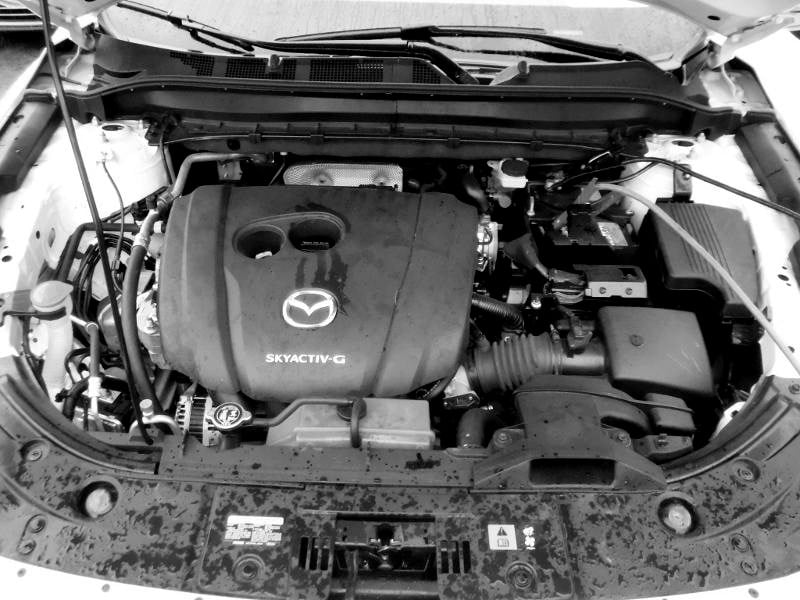
The most common problem that triggers a Mazda’s battery management system malfunction is the age of the main battery, which may no longer hold a charge. Test the car battery using a tester to determine if it is good. You can also visit your local auto parts store to get the battery and charging system tested for free.
Other possible issues that can trigger a battery system warning on a Mazda include:
- Alternator – A faulty alternator is the second most common problem that triggers the battery management system warning.
- Incorrect Battery – Installing a new battery that does not meet your Mazda specs can lead to this error. For example, installing a regular batter on a Mazda requires a Q85 EFB battery. Or installing a battery that doesn’t meet specifications. If your Mazda needs a battery with 850 CCA, but you installed a battery with a 600 CCA capacity, you may end up with undesired errors. There are other specs such as AGM or lead-acid battery and battery capacity. Before purchasing a new battery for your Mazda, look up the battery specifications in the owner’s manual. Or, if the battery in the car is the original battery, it will have the battery specs printed on top. Also, Mazda models with iStop technology typically require EFB (Enhanced Flooded Battery).
- Faulty Ground – A loose ground connection can also cause a battery management warning. The loose connection can be anywhere, so this won’t be easy to track down. You should check the ground connection between the engine and the vehicle frame.
- Battery Terminals – Corroded or loose battery terminals can also trigger this warning. If you replace the battery and still get the battery management system malfunctioned, check to ensure the battery terminals are tight and do not move.
- i-ELOOP issues – i-ELOOP uses a variable voltage alternator, large capacitor, and unique DC-DC converter and performs three functions; ‘regeneration,’ ‘storage’ and ‘use.’ Conventional alternator charges at around 12 volts (V). However, i-ELOOP’s variable voltage alternator can vary its output voltage from 12 V to 25 V in response to the voltage level of the capacitor, making it possible to supply electricity to the capacitor continually. Any of the components of i-ELOOP can fail. To troubleshoot this problem, codes must be read with a Mazda scanner.
- Short Trips – If you take frequent short trips, you cannot drive the vehicle long enough to charge the battery. The problem is most noticeable during cold weather because battery performance decreases as outside temperatures lower. Take a more extended weekly trip or use a battery trickle charger. A 12 Volt Smart Car Battery Charger can fully charge the battery. For this, you will need a wall outlet. The battery will be charged slowly during this process, but this method is safer and will not get damaged. Plus, with a trickle charger, it can be charged 100%.
- PCM Software Issue— A software issue in the Powertrain Control Module can cause this error message. Contact your Mazda dealer to check if your vehicle has the latest software installed. If fault code P1794—Capacitor Malfunction is present, you must perform a PCM update first. In most cases, PCM updates will address this issue, and the error code can be cleared.
- Drive Belt (Serpentine) – A worn drive belt can also cause this error message. As the drive belt ages, it starts to slip, causing problems with the alternator. If you drive in water puddles, similar issues can happen on a new belt. Water can splash and get to the drive belt, causing it to slip. As the drive belt slips, it will trigger charge system and iEloop errors.
A “Mazda Battery Management System Malfunction” is an error message or code generated by the vehicle’s onboard computer when it detects a problem with the battery management system. The battery management system (BMS) is an electronic system that monitors and manages the charging and discharging of the battery in the vehicle. It ensures the battery has the correct voltage and charge level and is not overcharged or discharged.
When the vehicle’s computer detects a problem with the BMS, it may set a diagnostic trouble code (DTC) and illuminate a warning light on the dashboard. This code can be read with a diagnostic scanner and may indicate the specific issue with the BMS. A certified technician must inspect the vehicle to diagnose and fix the problem promptly. A malfunctioning BMS can cause severe damage to the battery and other electrical components if not addressed.
Troubleshooting with YOUCANIC Full System Scanner
The YOUCANIC Full System Scanner is a perfect example of an OBD-II scanner for troubleshooting your Mazda. This powerful device can read and clear fault codes from all the systems, perform bidirectional tests, perform maintenance and repair resets, and perform many more professional-grade functions that can help you determine the cause of the problem in your Mazda.
Frequently Asked Questions
What is the difference between a deep cycle and a Q85 battery on a Mazda?
The deep cycle battery runs accessories and does not start your engine; the Q85 starts the engine and idle-stop star.
Why do Mazdas require a Q85 EFB battery?
Because Mazdas uses the battery for the auto start/stop function, EFB batteries are the best for repetitive engine start/stop functions. Compare the life cycles of wet, EFB, and AGM batteries.
Typical values.
Flooded (Wet Cell)
- Maintenance: Maintenance Required
- Type: Flooded
- Cycle Life: 250-500 Cycles
- Duty Cycle: 50% DOD
- Typical Charging Voltage: 14.4-14.5 Volts
Enhanced Flooded Battery (EFB)
- Maintenance: Maintenance Required
- Type: Sealed Lead Acid (SLA)
- Cycle Life: 500-1000 Cycles
- Duty Cycle: 60% DOD
- Typical Charging Voltage: 14.4-14.5 Volts
Absorbent Glass Mat (AGM)
- Maintenance: Maintenance-Free
- Type: Sealed Lead Acid (SLA)
- Cycle Life: 400-600 Cycles
- Duty Cycle: 80% DOD
- Typical Charging Voltage: 14.7-14.8 Volts
We hope you find the Battery Management System Malfunction Mazda guide helpful. Check these troubleshooting and repair guides for more help on your Mazda.

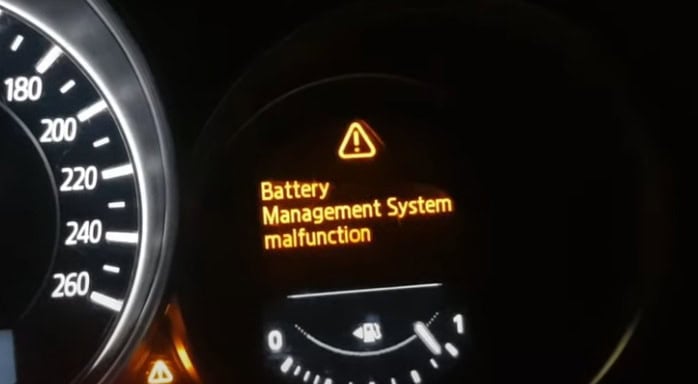



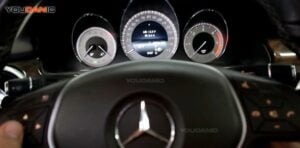
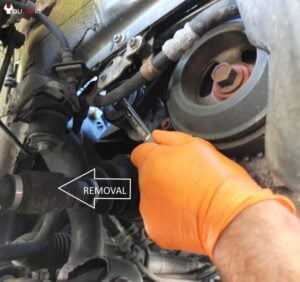
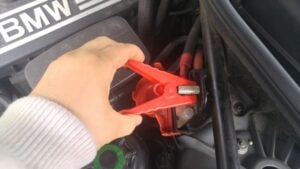

It was very helpful and very informative to what is happening to my car, a CX5 Mazda, a very good car. Thank you.